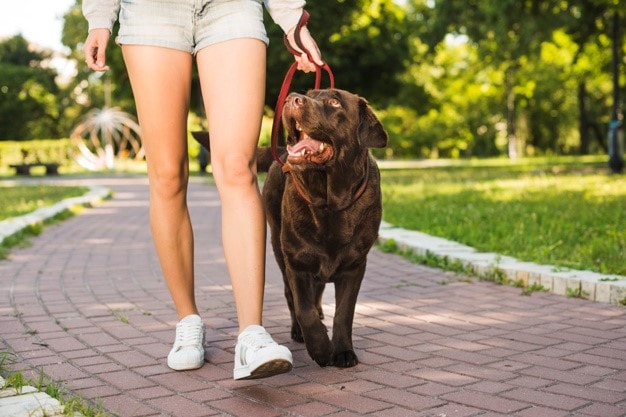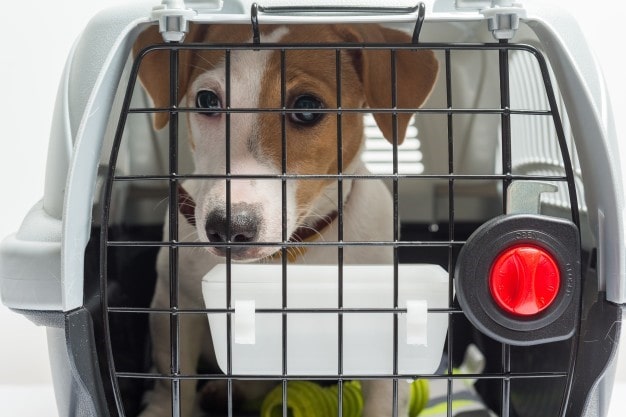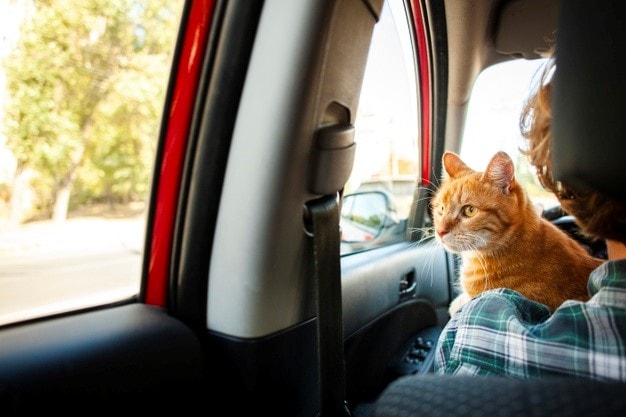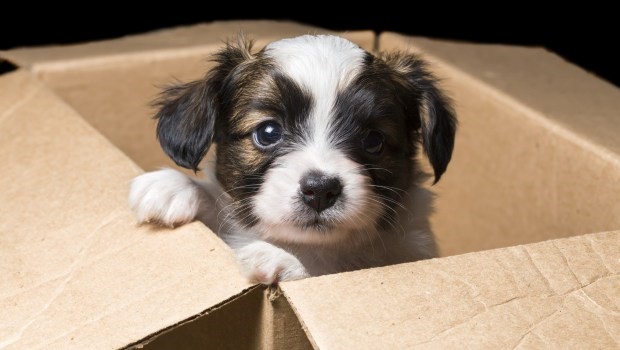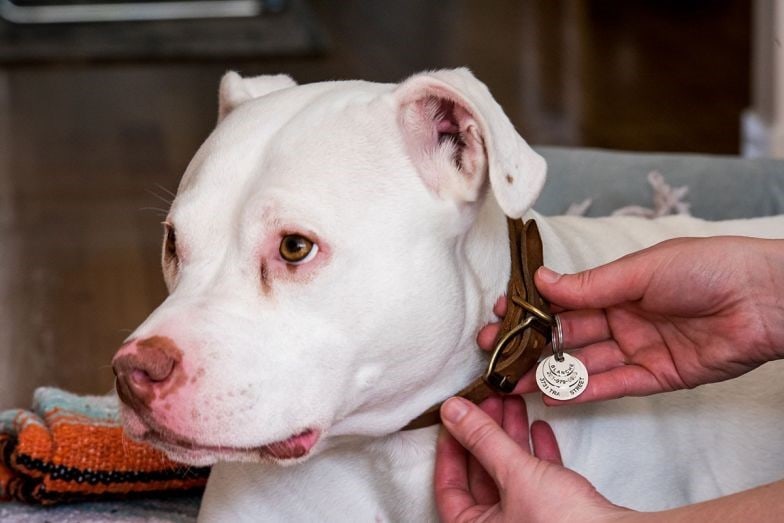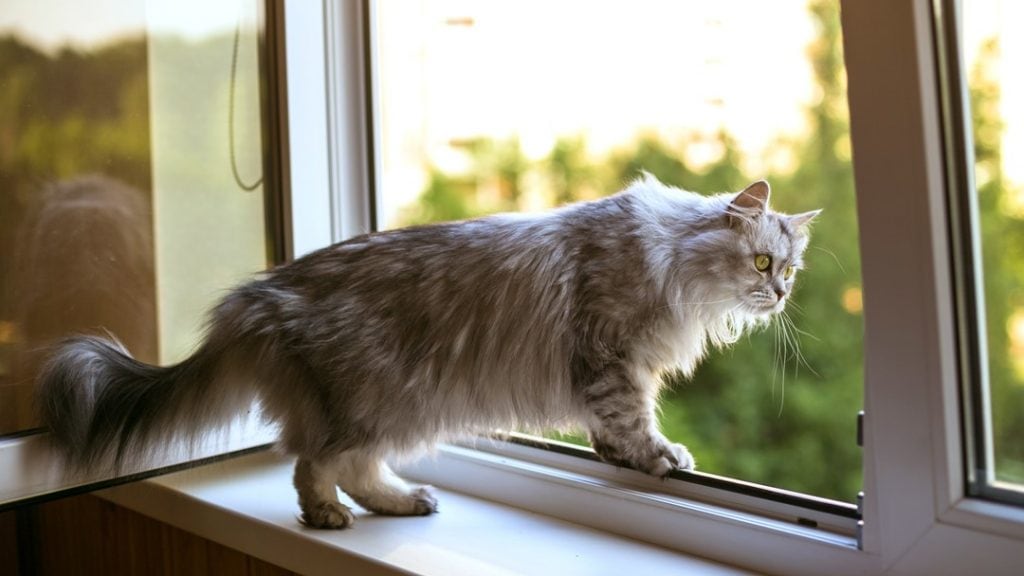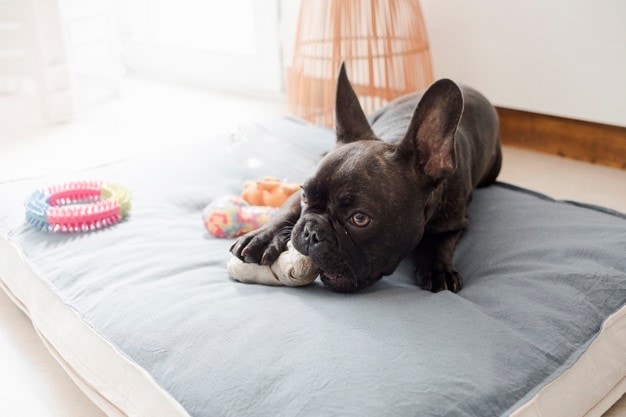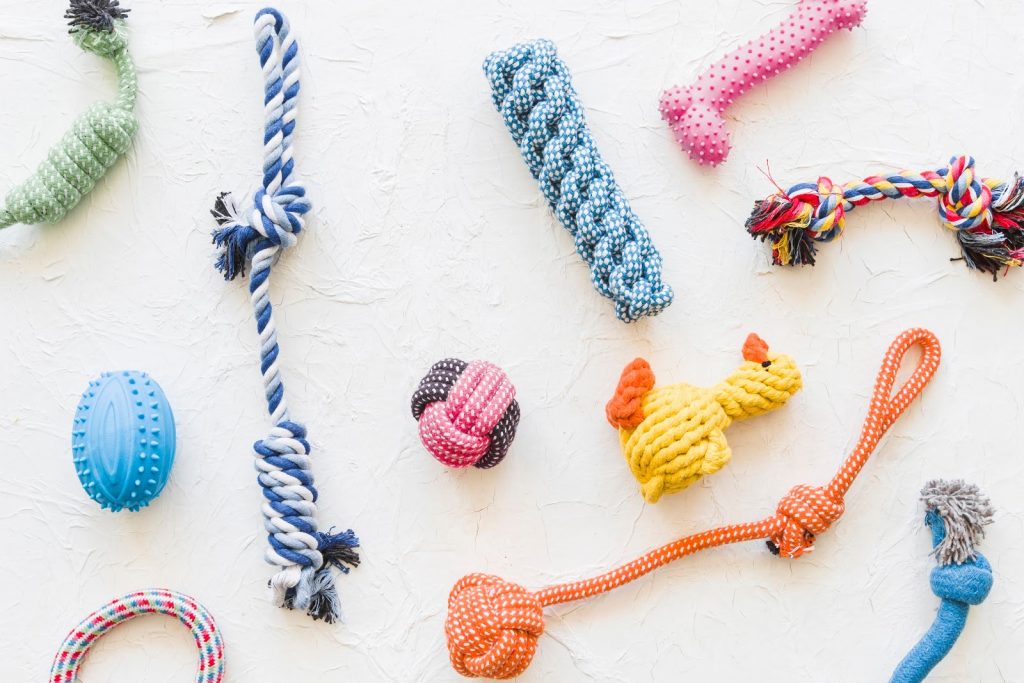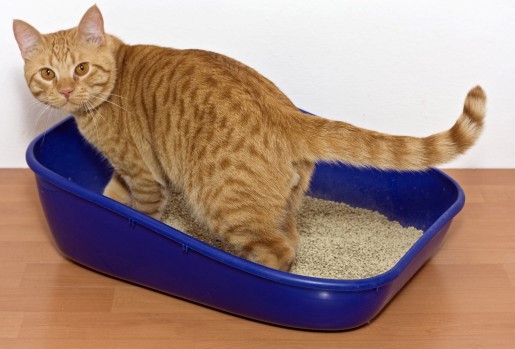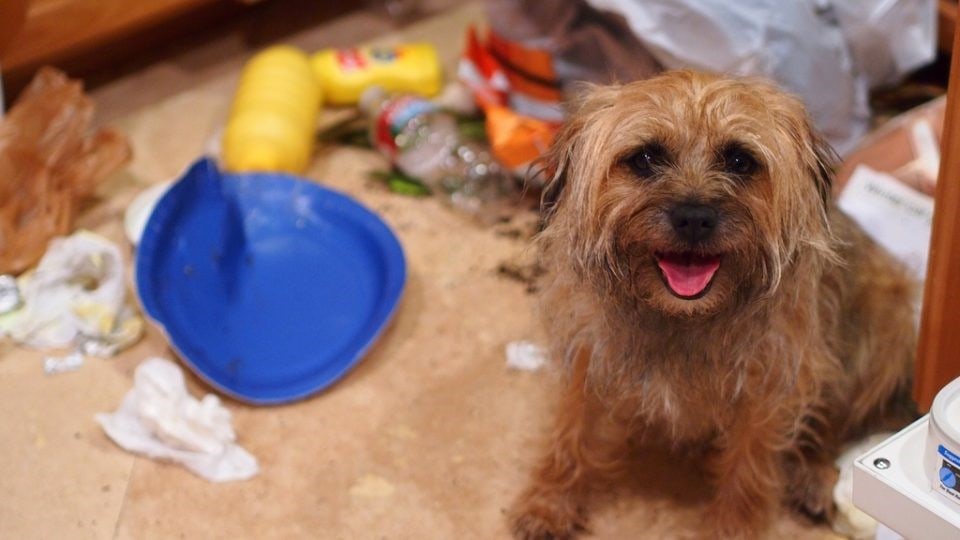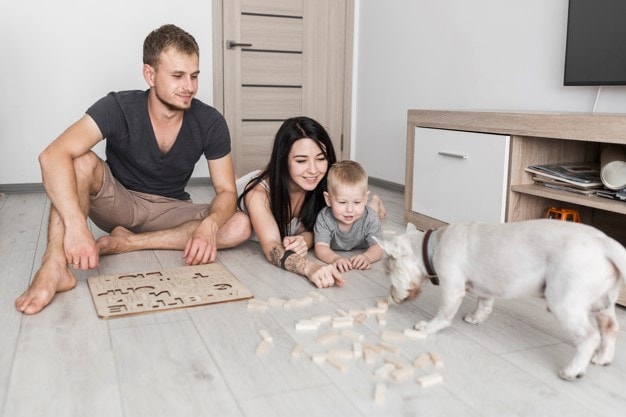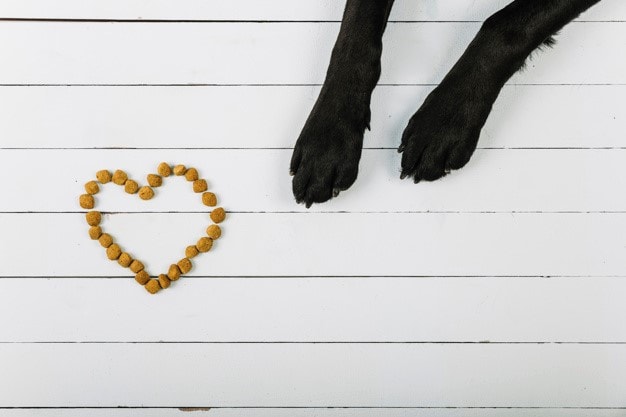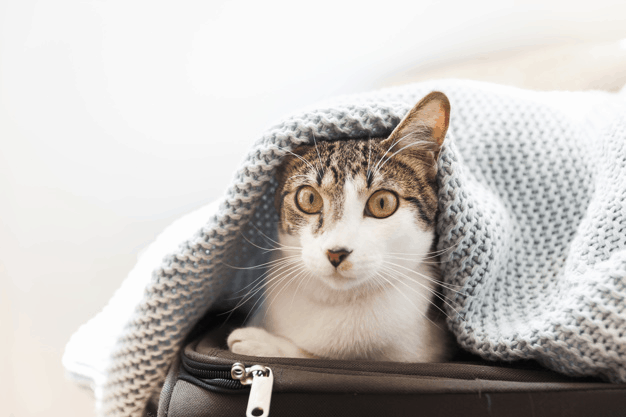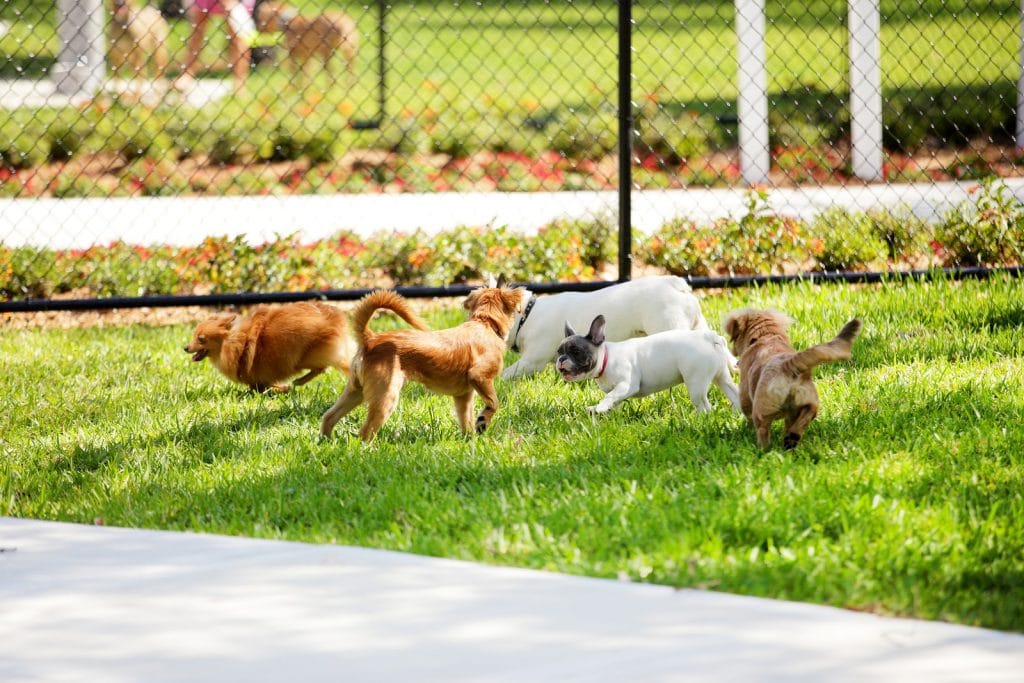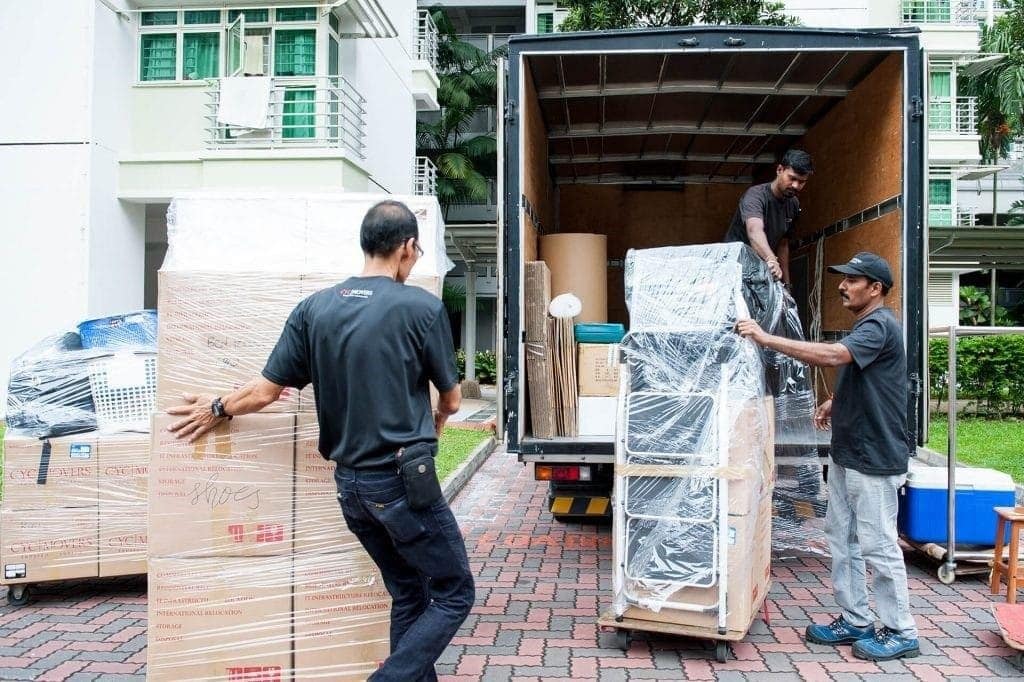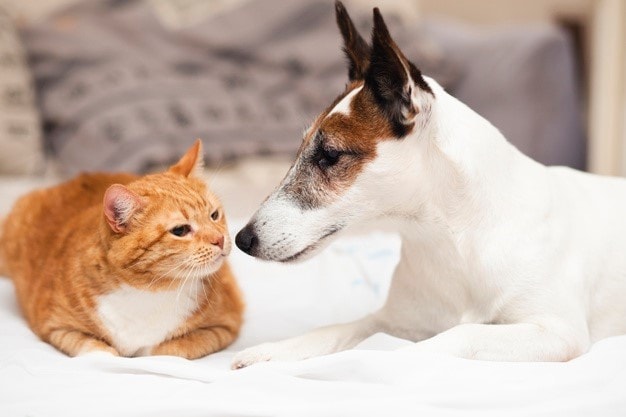
Home moving comes with its own challenges and moving homes with pets can be even more demanding.
Cats and dogs, in particular, grow to be very attached to their own territory. While you will experience the stress of moving, the entire process can be just as stressful, disorienting and disruptive to them. This is why we have gathered a list of power tips to make the transition to your new home a smoother experience for you and your furkids!
Here’s the ultimate home moving guide we’ve specially created, minding the welfare of our furry little friends:
Before The Move
-
Familiarize your pets with the new environment
If your new home is of walking distance or a short drive away, take your pets (especially dogs) for a stroll in the neighbourhood where your new home is located. For most of us relocating within Singapore, this would usually not pose a problem. Doing so would help your pets get familiarized with the new area and it wouldn’t be such a big adjustment when you make the move.
-
Help them get used to being in crates and traveling in cars
For pets that are not used to being in crates and/or traveling in cars, this would be the time to get them accustomed to being crated and driven around.
Introduce the crate slowly. Put a blanket, their favourite toy and some treats to entice them to explore. Give them some treats when they are in their crates. Encourage them to eat and even sleep in the crate. Also, remember to never close the door on them during this introductory phase — unless your intention is to make them hate the crate (and you) for the rest of their lives.
When it comes to traveling in cars, start them off with shorter trips. Do not force them onto, or off the car. Be patient and let them take their time. Encouraging and praising them with treats would make your effort a lot easier. Also, consider driving them to ‘happy places’ like the beach or dog parks. Help your pets associate drives with pleasant experiences and you’ll have no problem getting your pets to dash into the backseat of your car in the future!
-
Start packing gradually
Leading up to the move, bring in boxes and start packing gradually. You don’t have to hide these activities from your pets. Rather, pack with them around and allow them to sniff around the boxes. Start with the smaller items and leave your pets’ belongings to be packed last. With items ‘disappearing’ from the space, familiar toys and blankets will serve to comfort your pets.
Note not to wash their belongings throughout the home moving process, up till at least two or three weeks after settling in. These items would leave a familiar scent for your pets in the new place, making the experience less bewildering for them. If you need place to keep your stuffs during the moving, reach out to us for our storage space in Singapore.
For a better idea on how you could start packing for your move, check out more of our popular home moving guides below:
(i) Moving with Children
(ii) Items not to Pack for the Moving Truck
(iii) Should We Get New Furniture or Move Old Ones
(iv) A Complete Guide on Moving to Another Country -
Update microchips and tags with new address and your contact details
A few days before the move, make sure that identity tags and microchips have been updated with the new address and furnished with your contact details. Cats and dogs have a tendency to go missing during/after a move to unfamiliar places. You’ll want to ensure that your pets are easily identifiable, and your contact details easily accessible.
-
Create an ‘open-first’ box just for your pets
Just a day before the move, start with packing your pets’ belongings. Consider creating an ‘open-first’ box for each of your pets that are to be opened immediately upon arriving at your new home.
In this box, pack some of their favourite toys to entertain them while you’re busy during move day, blankets and cushions for comfort, food, and loads of treats. Also, remember to pack along any medication and their medical documents. Leave out their bedding, water bowls and a toy or two, up till just before the move.
-
Prepare your new home for them
Most of us would have the keys to the new premise a few weeks (or months) before moving day. Take a good look at your new home and see if you’ll need to put up wire mesh at the gates of your main door, or install taller fences along the perimeter of your garden if you’re moving into a landed property.
Make a mental note of a room or space in your new home that you could put your pets in on move day itself.
During The Move
-
Ask family or friends if they could babysit your pets for a few days
This way, your pets won’t have to go through the anxiety resulting from all the chaos of movers stepping in and out of your current home and the noises that comes along with any major move. Not only will it be less stressful on your pets, but you also won’t have to keep watching out for your pets in the midst of everything happening on move day.
If you’re comfortable with the idea and know someone willing to care for your pets on your move day, this would be the best option to take.
-
Otherwise, keep them in a familiar room with their belongings, and with the doors and windows closed.
Keep your pets in a room that is furthest away from all the action taking place. Clear out this room first, leaving their bedding, some toys, food and water bowls in the room with them. Keep the doors closed while the move of your belongings and furniture takes place.
Stick a sign on the door with a remark letting movers know that your pets are in that room. This is to ensure that no one accidentally opens the door, allowing your pets to bolt out of the room, and possibly your home.
-
Do not feed them just before putting them into the car
Pets tend to suffer from travel sickness. If you are likely to be traveling in a car with your pets for a long time, do not feed them with too much food (and treats) or it will be more likely that they get car sick.
-
Be aware of your own behaviour
Pets pick up on our moods easily. Your behavior affects how your pets behave. Therefore, it is important to be as collected as possible. Planning well for the move (for instance, a link moving list in pdf format) will keep you calm on move day itself.
After The Move
-
Unpack your pets’ open-first boxes and keep them in a room — again
Do this immediately upon arriving at your new home. Make sure that you find a room that is away from the inevitable chaos of home moving. Keep them comfortable with their necessities and some toys.
Check on them regularly to make sure they are not feeling too distressed about everything that is happening around them. Pop in and give them a treat every once in a while.
-
Toilet train them
If your pets are trained to do their business at home, take them to the spot that you’ve designated to be their potty area and encourage them to relieve themselves first. Should your pets be trained to only relieve themselves outdoors, be sure to take them for a short stroll nearby before taking them to the new home.
-
Do not punish them
The new environment is bound to cause certain levels of anxiety in your pets. Be patient with them and hold back punishments should they misbehave, chew on items, messing up or even defecating on your premise.
Out of stress and disorientation, your dogs may bark constantly. If you’re worried that this will affect your neighbours, assign someone (a family member or someone that your pets are familiar with) to sit with your pets in the room.
Remember that positive reinforcement for good behavior will help them settle down better and faster.
Settling In
-
Keep routines the same
It is important to try to keep the routines you have as best as you can. Stick to the regular walking and feeding times when possible to avoid causing your pets too much confusion. Doing so will reassure your pets that all is the same even when in the new environment. Any form of familiarity will keep their uncertainty at its minimum.
Getting back into your personal routines will also help your pet settle into the new home sooner.
-
Avoid buying new gear
Unlike children, new toys bought for playing in a new home do not pacify and excite your pets.
Continue to let your pets use their old food and water bowls, play with their old toys, lay in their old beds and blankets and be fed with their usual foods. When out on walks, put the same collar on for them, and use the same leash.
Leave the buying of new stuff for your pets until at least two to three weeks of settling in, to minimize your pets’ anxiety and confusion.
-
Give them a lot of praises (and treats)
Try not to leave your pets on their own for too long until settled as it could cause them anxiety. Give your pets more attention to help them ease into the spaces of your new home. If possible, take a week off work to keep them company, as well as to unpack your belongings.
Carry treats around with you and randomly reward them for being in any of the rooms in your new home. You can also scatter treats around to encourage them to explore the new home. Do anything you can to make the newness pleasant but remember not to use a forced initiative. Instead, let your pets get used to the new surroundings at their own pace.
Cats tend to be more negatively affected by a home move than dogs and will need a little more time to settle down in a new place. Introduce them to each room in the home, one at a time. Keep a close eye on them. Particularly anxious cats will seek out places to hide and may get stuck.
Keep tabs on your pets’ behavior. They should fully settle down in a few weeks. However, if they do not, you should consult an animal behaviorist to help you deal with the problem.
Alternatively, you could ask your vet if he/she thinks that your cat or dog needs a mild sedative to help them cope with the change. Natural remedies such as pheromone collars, sprays and diffusers could help too.
-
Give them time to settle before letting them explore the new neighbourhood
Especially with cats, it’s always advisable to keep them in the new home for a week or so post-move, to help them adjust to their new surroundings. Keep your main door closed and windows only slightly opened during the early phase.
Once you start letting your pets out, make sure that they do so on an empty stomach so that they get used to returning to their new home to be fed.
-
Introduce your pets to your new neighbours
Letting your pets socialize with your neighbours and other pets in the neighbourhood will also help them cope with the change. Introducing your pets to your neighbours also means there would be more eyes looking out for them should they go missing.
Move With Home Moving Experts
Moving homes will inevitably cause a great deal of stress on you, your family members and your pets.
Unfortunately, CYC Movers currently do not provide pet relocation services. However, following these advices and planning ahead of your move can make the process a more pleasant experience. And remember, you can make your life even easier by consulting the services and advice of expert home movers.
CYC Movers have dedicated almost two decades serving individuals and businesses for their domestic and international relocation needs. Creating a pleasurable moving experience for our clients have always been our top priority and expertise. Share with us your requirements and book us for your move, today!

